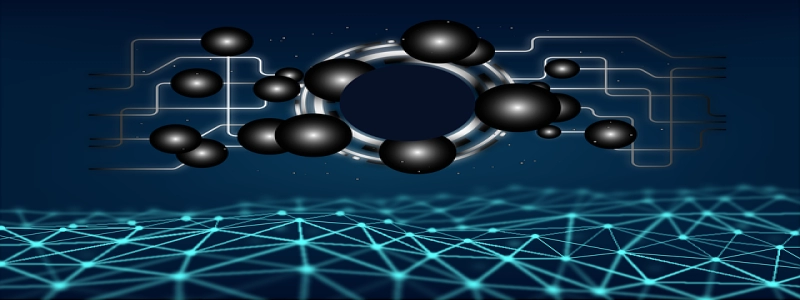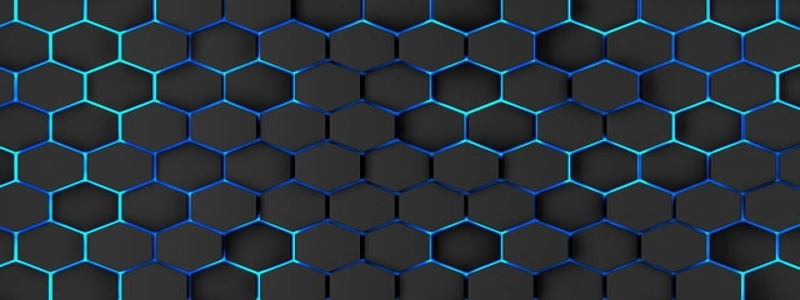Diode vs Fiber Laser
Introduction:
In today’s technology-driven world, lasers have become an integral part of various industries. Two popular types of lasers widely used for different applications are diode lasers and fiber lasers. Both lasers offer their unique advantages and have specific areas of expertise. In this article, we will explore the differences between diode lasers and fiber lasers, their applications, and their performance characteristics.
1. Diode Lasers:
1.1 Definition:
Diode lasers, also known as semiconductor lasers, are made using semiconductor materials such as gallium arsenide or gallium nitride. These lasers operate by passing an electric current through the semiconductor material, which stimulates the emission of light.
1.2 Applications:
Diode lasers find applications in various fields such as telecommunications, medical sciences, barcode scanning, laser printing, and many more. They are commonly used in communication systems to transmit signals over long distances through fiber-optic cables.
1.3 Performance Characteristics:
Diode lasers offer compact size, low cost, and high efficiency compared to other laser types. They have excellent beam quality, making them suitable for applications that require precision. However, diode lasers are prone to thermal effects, which can impact their performance at high power levels.
2. Fiber Lasers:
2.1 Definition:
Fiber lasers, as the name suggests, use an optical fiber as the gain medium. They operate by amplifying light within the fiber core through stimulated emission.
2.2 Applications:
Fiber lasers find applications in materials processing, laser marking, welding, cutting, and surgical procedures. They are known for their high power output, fine beam quality, and excellent beam pointing stability, making them ideal for industrial applications.
2.3 Performance Characteristics:
Fiber lasers offer high electrical-to-optical efficiency, which results in lower power consumption. They have a longer lifespan compared to diode lasers and can withstand harsh environmental conditions. The beam quality of fiber lasers remains consistent even at high power levels, ensuring precise and accurate processing.
3. Comparison:
3.1 Efficiency:
Diode lasers have a higher efficiency compared to fiber lasers, making them more suitable for certain applications that require low power consumption.
3.2 Power and Beam Quality:
Fiber lasers have higher power output capabilities than diode lasers. They also offer superior beam quality and better focusability, making them ideal for high-precision tasks.
3.3 Reliability:
Fiber lasers have a longer lifespan and are more reliable in harsh environments compared to diode lasers. Diode lasers are sensitive to temperature changes and can experience performance degradation under extreme conditions.
Conclusion:
In summary, both diode lasers and fiber lasers have their own strengths and applications. Diode lasers are compact, low-cost, and highly efficient, making them suitable for telecommunications and other applications that require low power consumption. On the other hand, fiber lasers offer high power output, excellent beam quality, and reliability in harsh environments, making them ideal for industrial materials processing and surgical procedures. Understanding the differences and choosing the right laser technology based on specific requirements is essential for achieving optimal results in various applications.








